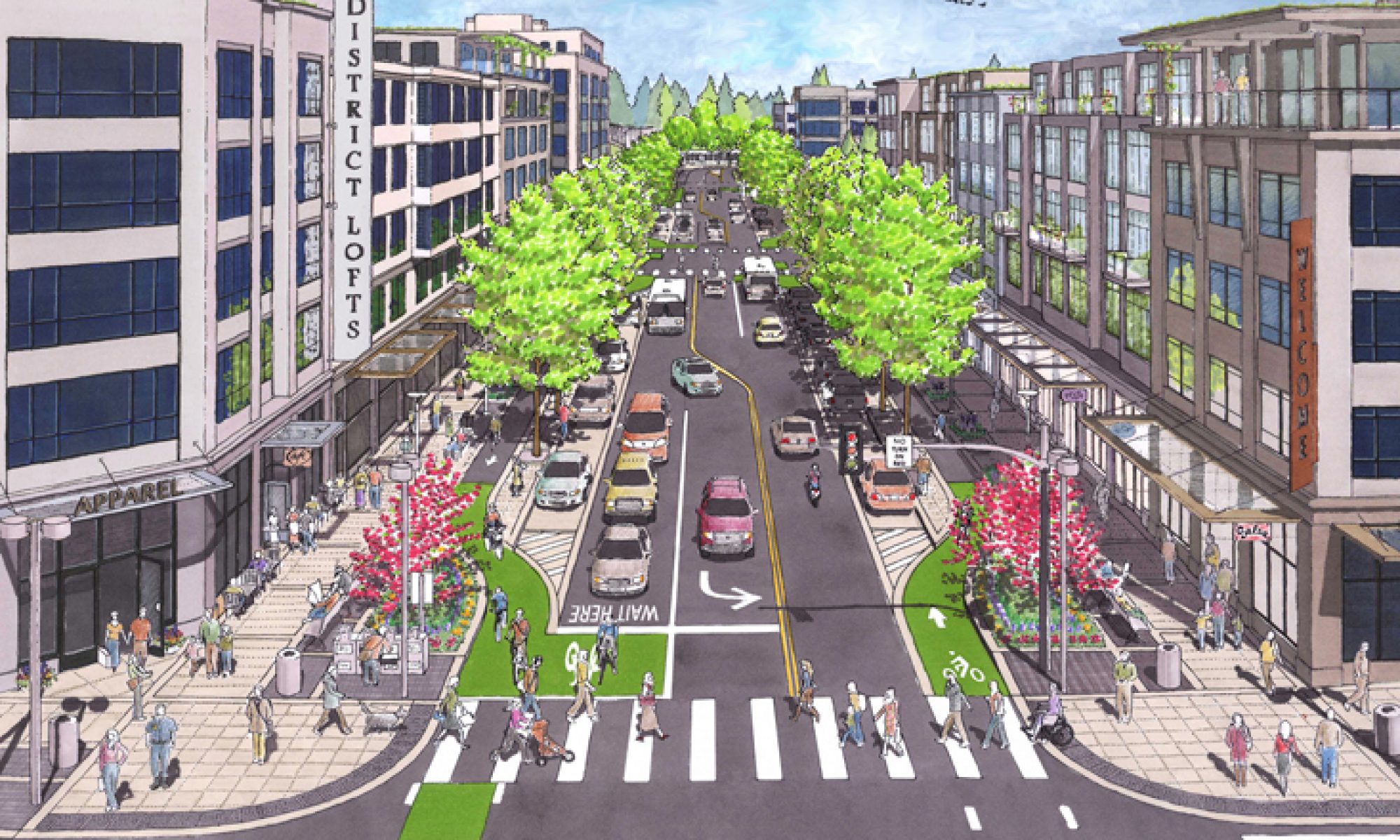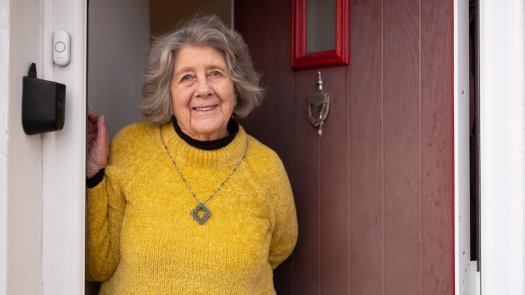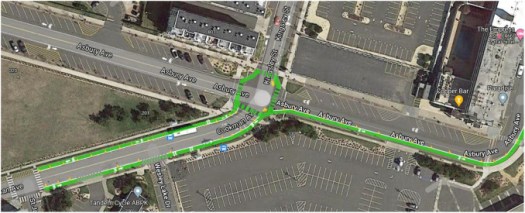Asbury Park Complete Streets Coalition advocates for equity in accessibility, mobility, and everything that happens on our streets that affects health and safety of residents and visitors,
We advocate for housing which is not dependent upon parking minimums, providing ADUs (accessory dwelling units) so people can age in place, and to enable people to find housing where they might not have otherwise, and places for people, meaning play spaces, arts venues, any gathering places, which do not depend upon providing parking, or parking minimums.
We all deserve the right to be able to get where we want to go safely, and to have a place to live in Asbury Park.
AARP: What’s Good for Older Americans Is Good for All of Us
Infrastructure Is an Important Part of the Equation
“The first thing is just having good principles of urban planning, being thoughtful about making sure that a neighborhood can be navigated by people in the community, whether they’re in a car, walking, using public transportation, bicycles, etc. And there’s one other piece that I want to make sure to mention, and that’s safety. Safety from hazards, like a dangerous rusted staircase at a transit station, or broken sidewalks. But also good lighting and the other things that keep people feeling safe as they’re navigating their community.The bottom line is that a really livable community has both the housing options that people need, regardless of their income or physical ability, it has the transportation options that people can use to get around, and it’s got supportive community features and services.”
Equity in access for everyone means NOT deferring to drivers of motor vehicles as the priority.
Traffic and the demand for parking – parking requirements and any factors that limit affordable housing – displacing residents, negatively affecting the school district, and hurting the character of the city as a livable community.”
Asbury Park was designed in the mid-1800s to be accessible on horse and buggy, walking, then trollies, including bicycling, and now includes all forms of micro mobility. When cars ere added to the mix we succumbed like cities everywhere to the ravages of traffic, demands of drivers, and parking regulations.
Our roads were NOT designed for cars.
Our cities were designed for people to live, socialize, and to do business, without fear of being threatened, or killed by drivers.
Streets must be designed for everyone, from the youngest children to elderly. Asbury Park is getting closer to offering opportunities of housing options with ADUs.
Let do this Asbury Park. You know you can if you want to.
Onward~
Polli Schildge
Editor


























